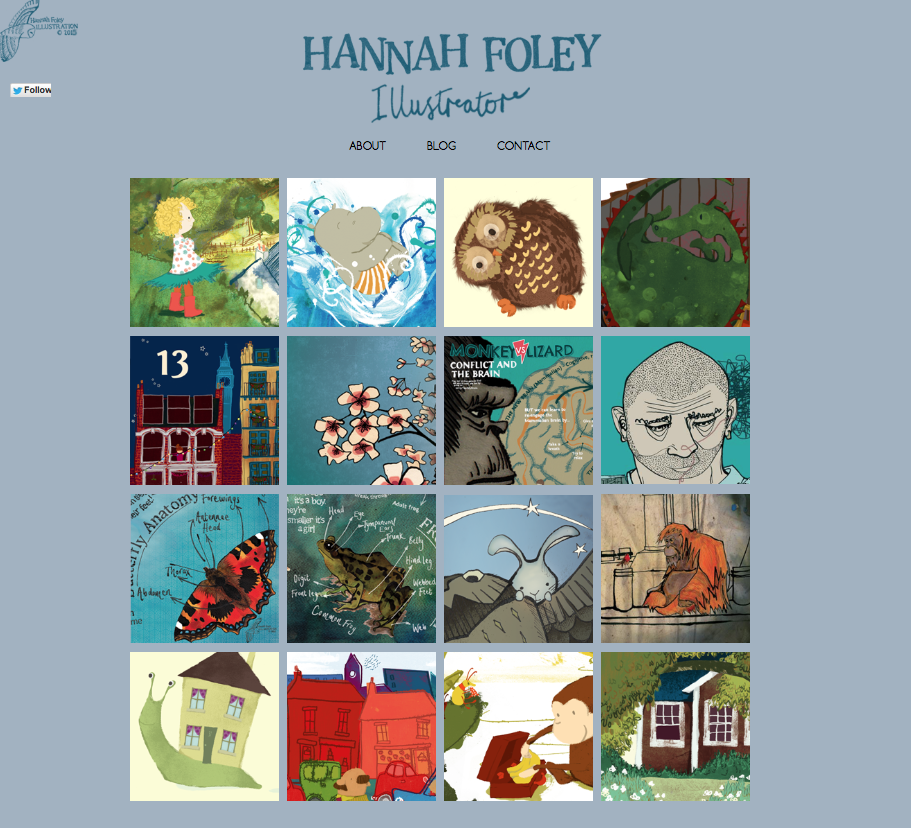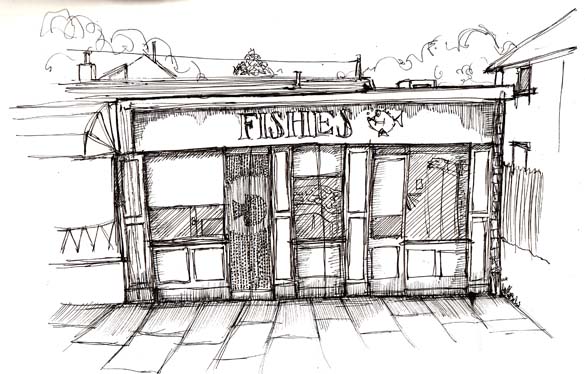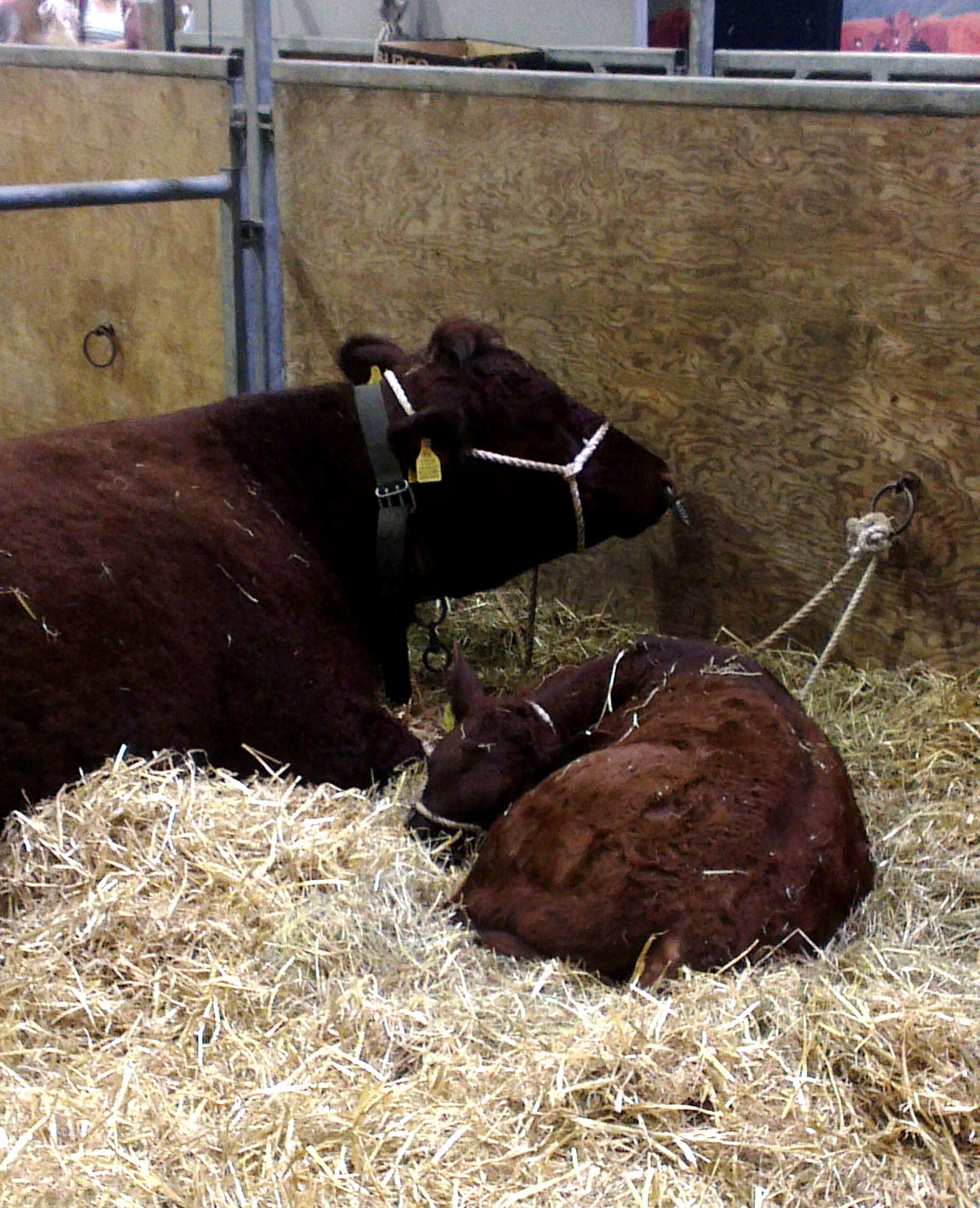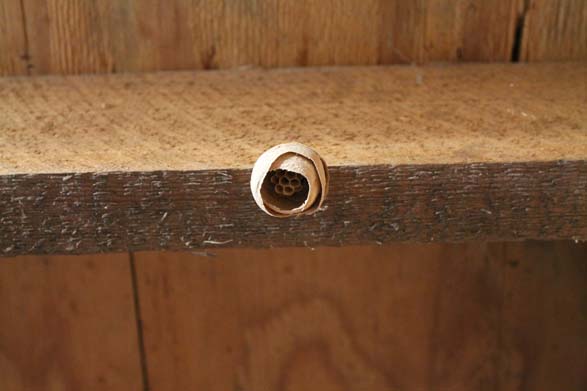 For my seasonal reading in June*, Steve Roud, in The English Year, describes our misunderstanding of the traditional celebrations around midsummer. He says that we’ve been seduced by Shakespeare’s A Midsummer’s Night’s Dream into thinking Midsummer is when fairies and sprites are abroad. Apparently Midsummer was historically celebrated over several days (23rd – 29th June) with bonfires, processions, and decorations of lamps and flowers. According to Roud the emphasis at Midsummer was on peace and good neighbourhood, and the belief in the medicinal purposes of bonfires for purifying the air. There is something about sitting around a bonfire on a summer’s evening, telling tales, and while I may be historically inaccurate I think I’ll keep the fairies.
For my seasonal reading in June*, Steve Roud, in The English Year, describes our misunderstanding of the traditional celebrations around midsummer. He says that we’ve been seduced by Shakespeare’s A Midsummer’s Night’s Dream into thinking Midsummer is when fairies and sprites are abroad. Apparently Midsummer was historically celebrated over several days (23rd – 29th June) with bonfires, processions, and decorations of lamps and flowers. According to Roud the emphasis at Midsummer was on peace and good neighbourhood, and the belief in the medicinal purposes of bonfires for purifying the air. There is something about sitting around a bonfire on a summer’s evening, telling tales, and while I may be historically inaccurate I think I’ll keep the fairies.
Stephen Moss, in his chapter on June in Wild Hares and Hummingbirds, tells a lovely story of a pair of Great Tits who decide to nest in his neighbour’s mailbox. The Post Woman got a bit of a shock when she lifted the lid to deliver the post! A polite notice had to be taped to the box to prevent the birds being disturbed. He goes on to describe the luxurious growth of summer vegetation: “ribwort plantain, grasses and buttercups, intermingled with spikes of common sorrel…” Sorrel! I have sown it in pots in the garden, hoping to add it to our salad intake this summer. It grew everywhere on the farm in Scotland and I really miss being able to step out and gather a few leaves to give a zingy lemony flavour to a meal. Everyone describes sorrel as low maintenance so I don’t know what I’m doing wrong but nothing that’s coming up in my pots looks anything like pictures I’ve seen of sorrel seedlings. Big Dreamer and I are a bit fed up of sampling weeds. And before you get cheeky, yes I do know what a dandelion looks like! I’ll leave you with a beautiful passage from Moss, describing a family of linnets feasting on sorrel seeds:
“The linnet family flies off into the field, joining a larger flock of linnets and goldfinches. They flit amongst the meadow barley and Yorkshire fog, past meadow brown butterflies, while swallows hawk for insects a few feet above their heads. The linnets and goldfinches perch on the tops of sorrels and pick off the seeds, their weight hardly bending the stalks; then take off, bouncing into the air on long delicate wings, and uttering their light tinkling calls.” (p.170)
*I am reading these two books to help me become more seasonally orientated.
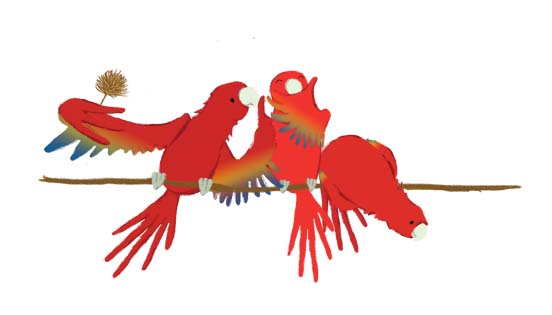 It’s been a momentous weekend in our house. Little Owl has had a wobbly tooth for ages and it finally fell out. She was having a water fight in the garden when her friend accidentally elbowed her in the jaw and out it came. I don’t know who was more excited, Little Owl or me. Her very first tooth to come out! What made it all the more thrilling is that I’ve had stashed away a special tooth fairy coin to leave under her pillow to mark the occasion. It has a fairy embossed on one side and the words I believe on the other. I couldn’t wait for the next morning to see her face and she was suitably delighted so all was well. Yesterday she informed me that the going rate for a tooth is one pound and that’s what she’ll be expecting for all her subsequent teeth. I’m glad she didn’t get her exchange rate information from one little girl we know of, who got five pounds per tooth! It’s enough to bankrupt the poor old tooth fairy.
It’s been a momentous weekend in our house. Little Owl has had a wobbly tooth for ages and it finally fell out. She was having a water fight in the garden when her friend accidentally elbowed her in the jaw and out it came. I don’t know who was more excited, Little Owl or me. Her very first tooth to come out! What made it all the more thrilling is that I’ve had stashed away a special tooth fairy coin to leave under her pillow to mark the occasion. It has a fairy embossed on one side and the words I believe on the other. I couldn’t wait for the next morning to see her face and she was suitably delighted so all was well. Yesterday she informed me that the going rate for a tooth is one pound and that’s what she’ll be expecting for all her subsequent teeth. I’m glad she didn’t get her exchange rate information from one little girl we know of, who got five pounds per tooth! It’s enough to bankrupt the poor old tooth fairy.
